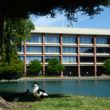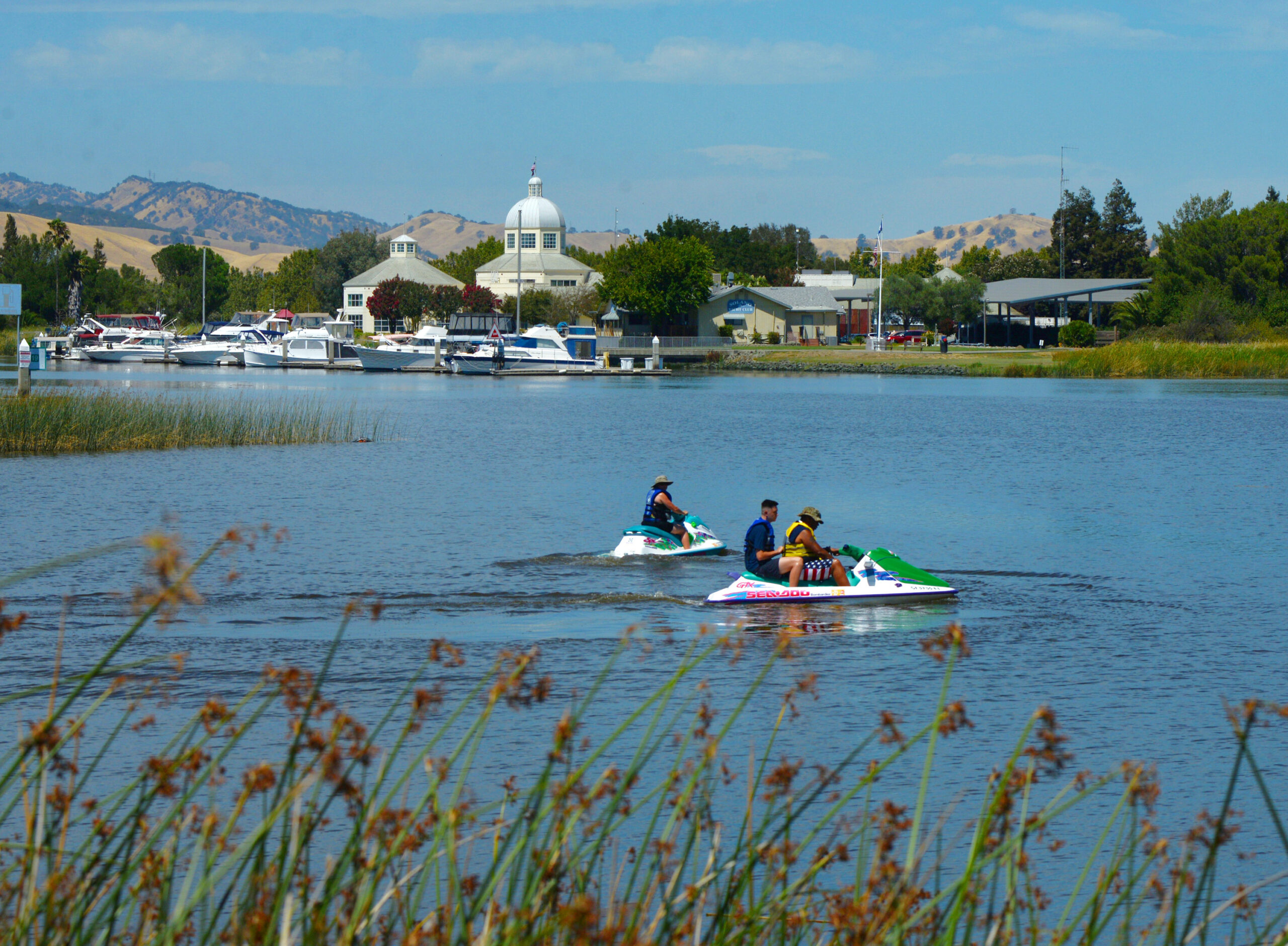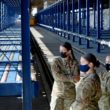TRAVIS AIR FORCE BASE — When it absolutely has to get there on time, no matter where in the world, it’s Team Travis at Travis Air Force Base that the Pentagon turns to.
That could be flying bridging materials to Iraq to help in the fight against terrorists or a team from the 621st Contingency Response Wing to Guatemala to teach their counterparts there about how to run air mobility operations.
The Travis Team is made up of active-duty and Air Force Reserve service members who handle a wide range of military and humanitarian relief missions around the world.
Travis’ global reach has ensured Travis has been an essential part of the American military team as well as the Pacific Coast’s major air mobility hub since World War II, handling more cargo and passenger traffic than any other military airport in the country.
It is home to the 60th Air Mobility Wing, and the Air Force Reserve 349th Air Mobility Wing and the 621st Contingency Response Wing, whose service members and civilian workers work side by side to provide the nation with air transport and air refueling resources it needs.
Travis and its East Coast counterpart, Joint Base McGuire-Dix-Lakehurst, New Jersey, are the backbone of the Air Force’s strategic airlift, aerial refueling and airfield management for ongoing operations in Southwest Asia, the Horn of Africa and other hotspots in the ongoing war on terror.
Originally known as the Fairfield Army Air Base, Travis was established on the east side of Fairfield in 1942 as part of a network of bases to protect the San Francisco Bay Area from the Imperial Japanese navy in the aftermath of the attack on Pearl Harbor. It soon transformed into the major jump-off point for air transports headed into the Pacific war zone.
After a postwar stint as a Strategic Air Command Base, Travis returned to become one of the busiest military air terminals in the world, supporting every military operation from the Korean War through the present operations in the Middle East.
The base’s economic impact on the area amounted to $1.65 billion during the 2016 fiscal year, making it the county’s largest single economic engine.
This amount includes spending on service members’ health care, on-base construction and facilities maintenance, payrolls and services contracts.
Travis Air Force Base holds a workforce of 12,543 that includes 6,672 active duty, 2,853 Air Force reservists, 1,849 civil service civilians and 1,169 civilians in non-appropriated fund positions, contracts and private businesses.
Travis has long been and continues to be the county’s largest employer.
Travis commanders have said that a part of Travis AFB’s success has been the close partnerships it has maintained with the surrounding communities and the state.
That has included the Travis Regional Armed Forces Committee and the Travis Community Consortium, both of which have supported the base with events for its airmen and lobbied for it on issues such as base construction and getting new missions.
TRAFC and the TCC have most recently been active participants in efforts to ensure the base doesn’t suffer when its KC-10 Extender air tankers are retired and see that Travis will get the new Boeing KC-46 Pegasus air tanker.
Earlier this year, Travis was named as one of the bases slated to get the KC-46 once it starts coming off the assembly line.
It is also estimated that approximately 100,264 military and civil service retirees live within 50 miles of the base.
Of these, more than 15,000 live in Solano County and spend about $298 million in the county.
David Grant Medical Center is the Air Force’s largest medical facility on the West Coast. It not only serves the medical needs of military service members throughout the Pacific and the western United States, but also cares for more than 105,000 Tricare beneficiaries and veterans.
David Grant works with the Department of Veterans Affairs, which has co-located a growing number of services to care for an estimated 377,000 veterans in the region.
The base’s air fleet includes 18 C-5M Galaxy jet transports, 13 C-17 Globemaster III jet transports, 27 KC-10 Extender air tankers and one of the Navy’s E-6B Mercury reconnoissance and communication aircraft.
Travis Air Force Base at a glance
- Established: June 3, 1943
- Size: 6,383 acres and 1,790 buildings
- Workforce: Approximately 7,400 active-duty Air Force personnel; 3,250 Air Force Reserve personnel and 3,690 civilians
- Major units: 60th Air Mobility Wing (commander Col. John M. Klein Jr.); 349th Air Mobility Wing (commander Col. Raymond A. Kozak)
- Website: www.travis.af.mil





